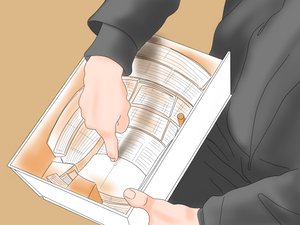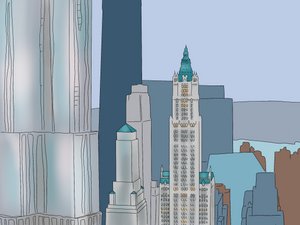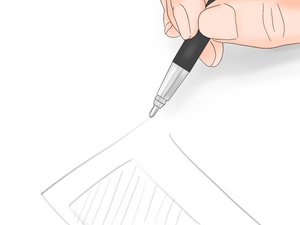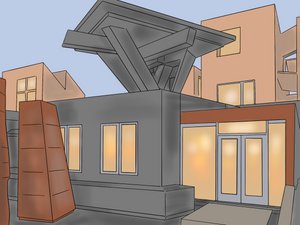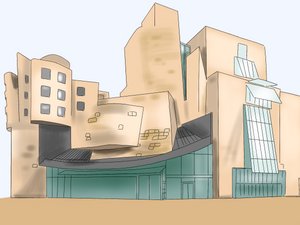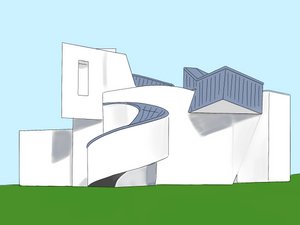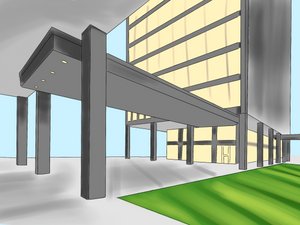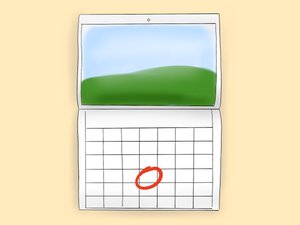Think about and consciously implement what makes someone comfortable. Our world is a collision of thoughts that surround us, and it’s represented through our art, music, and buildings. A neat, clean box seems like a lie, whereas messiness is a signature of the times. Houses are meant to be lived in, so it’s logical that we would express that in what we build—that it’s comfortable and a bit messy.
Did you know? A pristine house, like Mies van der Rohe’s Farnsworth House, can be a beautiful example of architecture, but its design overpowers daily life and feels more like a museum than a house.


